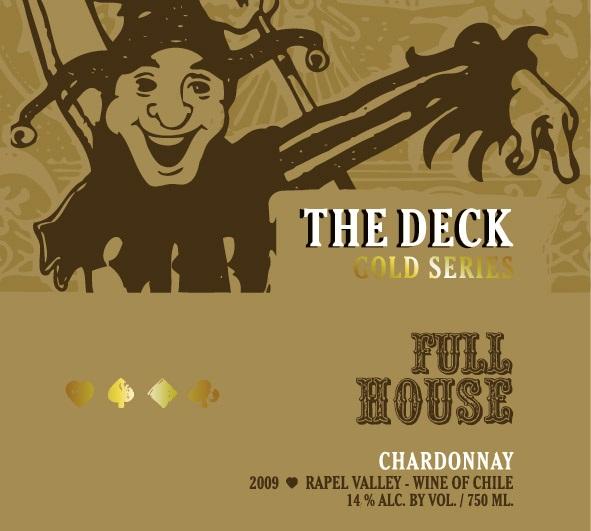2009 Rapel Valley Chardonnay
The Deck Gold Series Chardonnay from the renowned Rapel Valley is a mesmerizing white wine that embodies elegance and complexity. This full-bodied Chardonnay offers a delightful balance of bright acidity, making it refreshing and mouthwatering. The fruit intensity is prominent, revealing layers of ripe apple, pear, and hints of citrus that dance gracefully on the palate. It boasts a subtle creaminess, complemented by its well-integrated oak influence that adds depth without overshadowing the fruit. This wine's dryness ensures a clean finish, leaving a lasting impression that invites another sip. The 2009 vintage is a true testament to the quality of the region, celebrating the meticulous craftsmanship behind each bottle.
The Deck Gold Series Chardonnay from the renowned Rapel Valley is a mesmerizing white wine that embodies elegance and complexity. This full-bodied Chardonnay offers a delightful balance of bright acidity, making it refreshing and mouthwatering. The fruit intensity is prominent, revealing layers of ripe apple, pear, and hints of citrus that dance gracefully on the palate. It boasts a subtle creaminess, complemented by its well-integrated oak influence that adds depth without overshadowing the fruit. This wine's dryness ensures a clean finish, leaving a lasting impression that invites another sip. The 2009 vintage is a true testament to the quality of the region, celebrating the meticulous craftsmanship behind each bottle.




